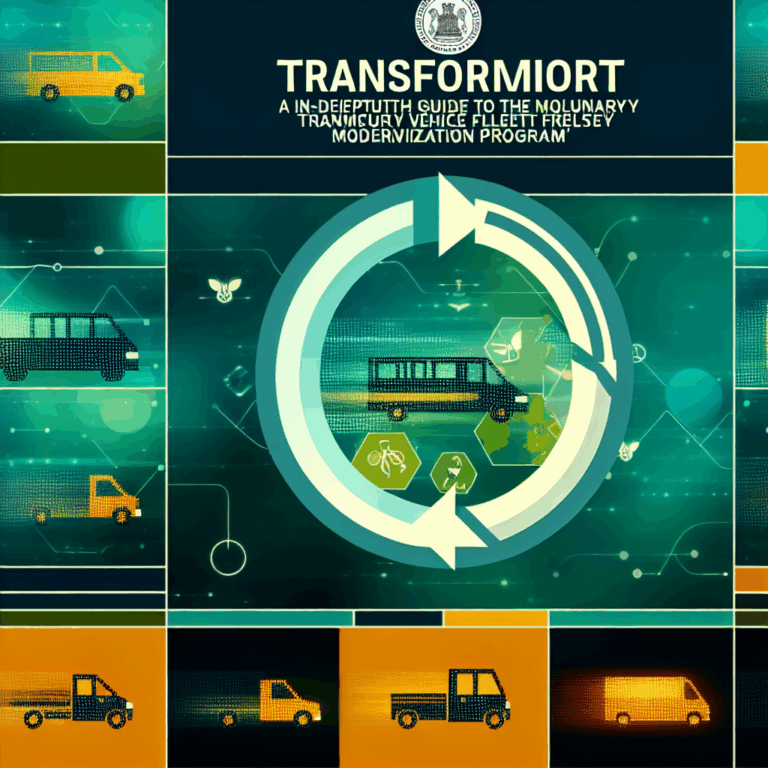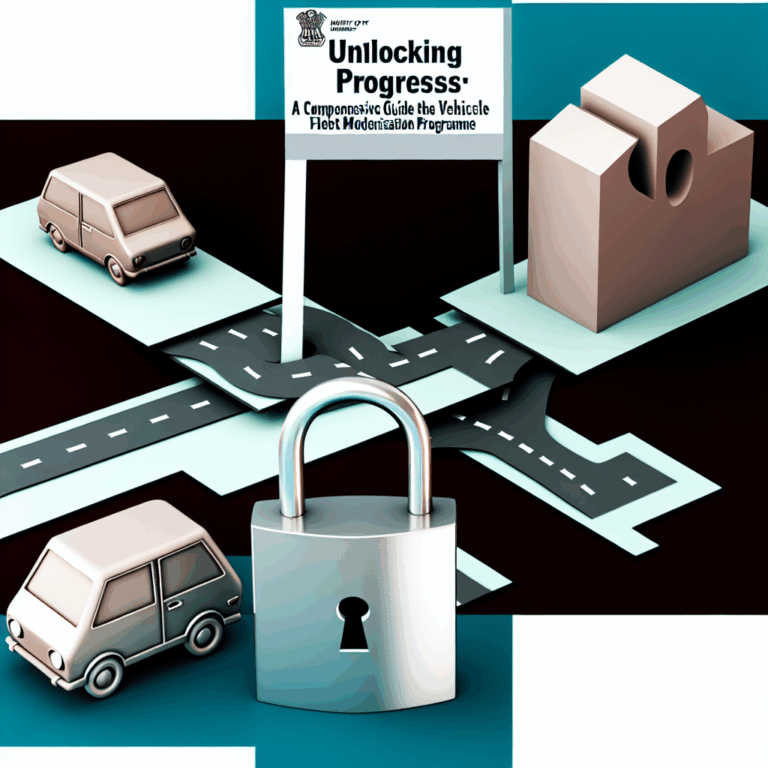Copyright @ 2023 www.digimitr.com. All rights reserved.

Understanding Samagra Shiksha Abhiyaan: A Comprehensive Guide to India’s Integrated School Education Reform
Learn about the key aspects of the government scheme titled “Understanding Samagra Shiksha Abhiyaan: A Comprehensive Guide to India’s Integrated School Education Reform”. This program is overseen by the relevant ministry and focuses on providing benefits to eligible beneficiaries.
Here is a comprehensive overview:
Samagra Shiksha Abhiyaan is an ambitious initiative launched by the Government of India aimed at providing a holistic, integrated approach to school education. It combines various schemes and programs related to elementary, secondary, and higher secondary education into a unified system. The initiative emphasizes the importance of quality education and aims to address the needs of all stakeholders involved, including students, teachers, and educational institutions. By fostering a child-centered learning environment and providing equitable access to quality education, Samagra Shiksha Abhiyaan seeks to pave the way for a brighter future for India’s students.
Eligibility Criteria
Eligibility for participating in the Samagra Shiksha Abhiyaan primarily falls under two categories: student eligibility and institution eligibility. For students, the initiative targets the age groups that encompass pre-primary to secondary education, emphasizing inclusivity for all children, especially those from marginalized communities. Institutions eligible to partake in various aspects of the Abhiyaan are primarily government and government-aided schools. This includes schools at all levels—primary, upper primary, and secondary—ensuring they chase the broader goals of the program.
Key Features and Benefits
One of the hallmark features of Samagra Shiksha Abhiyaan is its embrace of a comprehensive, integrated approach to education. The program focuses on the ‘whole school’ concept, emphasizing the need for a conducive learning environment that meets the diverse needs of all students. The initiative promotes a variety of benefits, such as:
- Inclusive Education: The program is designed to cater to various groups, including children from Scheduled Castes (SC), Scheduled Tribes (ST), and other disadvantaged sections. It aims to eliminate educational disparities and ensure every child has equitable access to quality education.
- Quality Improvement: The program emphasizes teacher training and curriculum development to enhance educational quality. Continuous professional development ensures that educators are equipped with the latest teaching methodologies.
- Infrastructure Development: The initiative allocates funds for upgrading educational infrastructure, ensuring that physical facilities, including classrooms and sanitation, meet basic educational standards.
- Focus on Learning Outcomes: Regular assessments and focus on measurable learning outcomes are pivotal in evaluating student performance and improving the education system.
Application Process
The application process for engaging with the Samagra Shiksha Abhiyaan predominantly lies within the jurisdiction of state governments, as it is a centrally sponsored scheme implemented through them. Educational institutions seeking to benefit from this program are required to follow specific protocols as outlined by local educational authorities. Schools often need to submit applications detailing their requirements for funding, infrastructure, and other support services, which are then assessed for approval based on set criteria.
Funding and Budget
Funding for Samagra Shiksha Abhiyaan comes from both central and state government budgets, with the ratio varying from scheme to scheme. The central government typically provides a significant portion of the required financing, while state governments are mandated to contribute a matching share. The budget for the initiative has seen a steady increase over the years, reflecting the government’s commitment to developing the education sector. For the financial year 2023-24, the budget allocation outlines comprehensive strategies for digital education integration, upgrading infrastructure, and teacher training programs.
Achievements or Impact
Since its inception, Samagra Shiksha Abhiyaan has achieved a multitude of milestones that underline its effectiveness. The program has successfully increased enrollment rates in schools, particularly in rural areas, while also ensuring higher retention of students. The initiative’s focus on improving physical infrastructure has led to better learning environments. Additionally, enhanced training programs for teachers have yielded positive outcomes in both teaching methodologies and student engagement. Reports indicate improved learning outcomes as a direct consequence of these combined efforts, illustrating the long-term impact of a unified educational approach.
Challenges
Despite its many achievements, Samagra Shiksha Abhiyaan faces several challenges. One of the predominant issues is the disparity in the quality of implementation across various states. Since state governments hold significant responsibility for the initiative’s execution, uneven commitment levels can lead to inconsistencies. Moreover, the challenges of a large population, differing socio-economic conditions, and the need for additional resources can hinder full realization. Digital integration, while crucial, also faces hurdles, particularly in terms of infrastructure and access to technology in rural areas.
Recent Updates
The Samagra Shiksha Abhiyaan continues to evolve, with recent updates reflecting the need for adaptable strategies in line with current educational trends. Over the past year, there has been a marked emphasis on incorporating digital tools and online learning platforms to support mixed-mode learning, particularly in light of the COVID-19 pandemic. Additional initiatives aimed at mental health support, extracurricular activities, and skill development programs for students have also been rolled out, demonstrating a holistic approach to education reform.
Conclusion
Samagra Shiksha Abhiyaan is a landmark initiative that embodies India’s commitment to reforming and revitalizing its education system. By fostering inclusivity, enhancing quality, and providing adequate resources, the program aims to transform the landscape of school education across the country. While challenges remain, continuous evaluations and updates ensure that the initiative stays relevant and effective in achieving its objectives. As stakeholders work collaboratively towards the overarching aim of a vibrant educational ecosystem, it is evident that the path laid by Samagra Shiksha Abhiyaan will lead to a brighter future for generations to come.
FAQ
1. What is the main goal of Samagra Shiksha Abhiyaan?
The main goal of Samagra Shiksha Abhiyaan is to provide an integrated approach to education that emphasizes quality, inclusivity, and equitable access to learning opportunities for all children in India.
2. How is Samagra Shiksha Abhiyaan funded?
The initiative is funded through a mix of central and state government contributions, with both levels of government required to invest in the educational reforms outlined under the program.
3. What challenges does Samagra Shiksha Abhiyaan face?
Some of the key challenges include uneven implementation across states, disparities in resource allocation, and issues related to digital access, particularly in rural areas.
For more information, check out official government site,
Official government website or relevant source not provided.
Stay updated on related schemes and initiatives using hashtags: #Understanding #Samagra #Shiksha #Abhiyaan #Comprehensive #Guide #Indias #Integrated #School #Education #Reform
Join the discussion about this scheme in the comments below!





